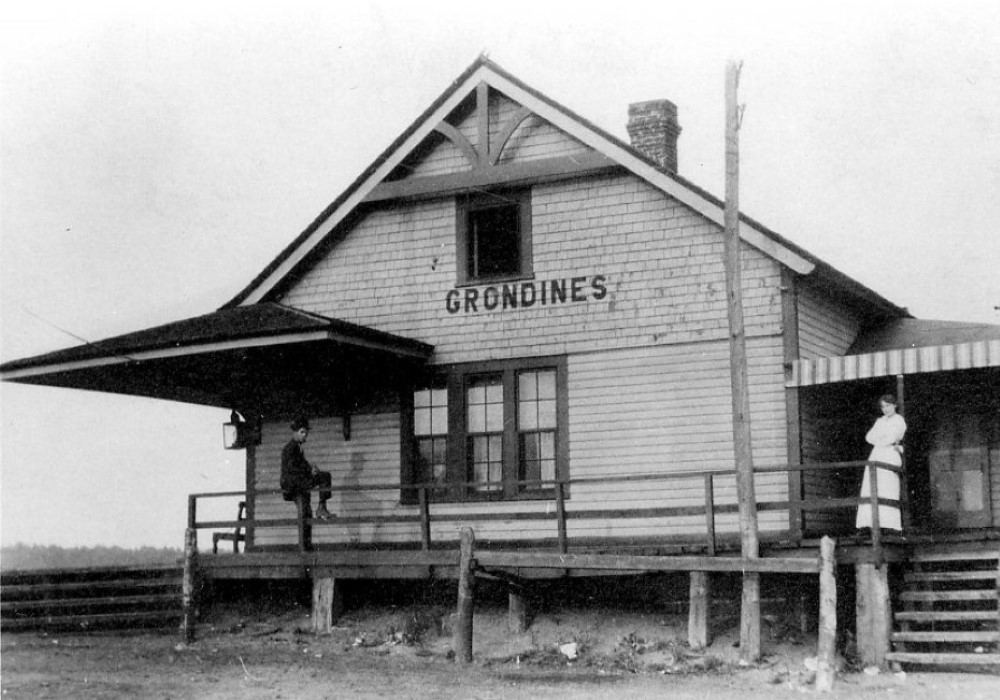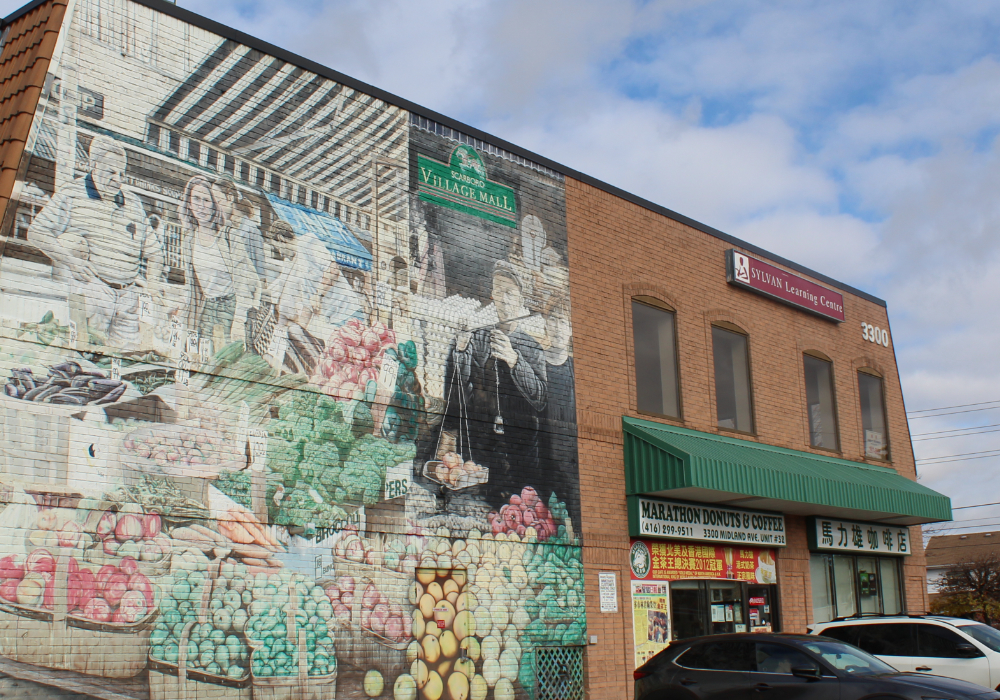
When one thinks of the early settlers of Newfoundland and Labrador, they think of the English and Irish in Newfoundland, and the Innu in Labrador. Most people do not realize the role that the French played in the development and growth of the province, nor the legacy they left behind.
The first inhabitants of Newfoundland and Labrador were the Aboriginal peoples. Europeans can be traced back as early as the beginning of the 11th century with the arrival of the Norse at L’Anse aux Meadows. Many explorers followed, including John Cabot in 1497, Gaspard Corteral in 1500, Sir Humphrey Gilbert in 1583 and John Guy in 1610. Amongst these early European explorers was Jacques Cartier, who came representing the King of France in 1534.
In 1662, the port of Plaisance became the capital of Newfoundland’s French colony with some 50 permanent residents. By 1696, Louis XIV of France declared Newfoundland a French colony. After many battles with England, France signed the 1713 Treaty of Utrecht, which ceded all French colonies to the English. Many of the French left Newfoundland for Nova Scotia, but some remained.
In 1763, the Treaty of Paris confirmed the exclusive fishing rights of the French on the Newfoundland coast, from Cape Bonavista in the east to Cape Ray in the west. This area, later to be known as “The French Shore,” has many communities that still proudly bear the French names they were once given. In recent years, 15 000 Francophone descendants of the area have come to the forefront to bring back their French culture and heritage, and to establish themselves in their proper place in Newfoundland and Labrador’s history.

